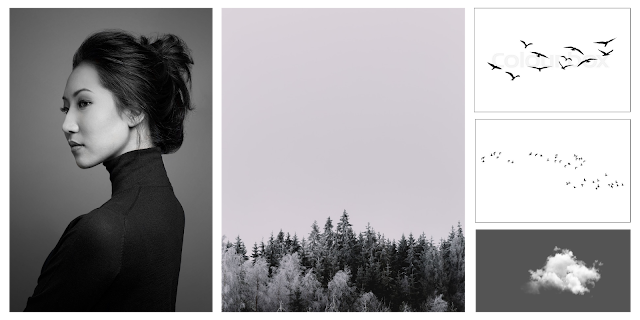Digital Photography & Imaging | Week 7
Kimberly Miaw Jya Nee | 0366836
Bachelor of Design (Honours) in Creative Media | Taylor's University
[Lecture]
Colour theory is both the science and art of using color. It explains how humans perceive color; and the messages colors communicate artistically and emotionally.
RGB
Used to display on screens
CMYK
Cyan, magenta, Yellow, Black
primary colours in printing
RGB: Additive Colour Mixing Model
Colour is created by mixing red, green and blue light sources of various intensities.
TVs, screens and projectors use red, green and blue (RGB) as their primary colorus.
CMYK: Subtractive Colour Mixing Model
Colour is created by the subtraction of light
The CMYK colour system is the colour system used for printing
Hue, Shade, Tint & Tone
Hue
The most basic of colour terms and denotes an object’s colour.
Shade
For example, red + black = burgundy.
Tint
A hue to which white has been added.
For example, red + white = pink.
Tone
A colour to which black and white (or grey) have been added.
Colour Harmony
Monochromatic
Hard to make mistakes or create distasteful colour scheme
Analogous
3 colours located right next to each other on the colour wheel.
Complementary
Colours are opposites on the colour wheel
This scheme is opposite to analogous and monochromatic since it aims to produce high contrast.
Split-Complementary
Involves the use of three colours.
Start with one colour, find its complement and then use the two colours on either side of it.









Comments
Post a Comment